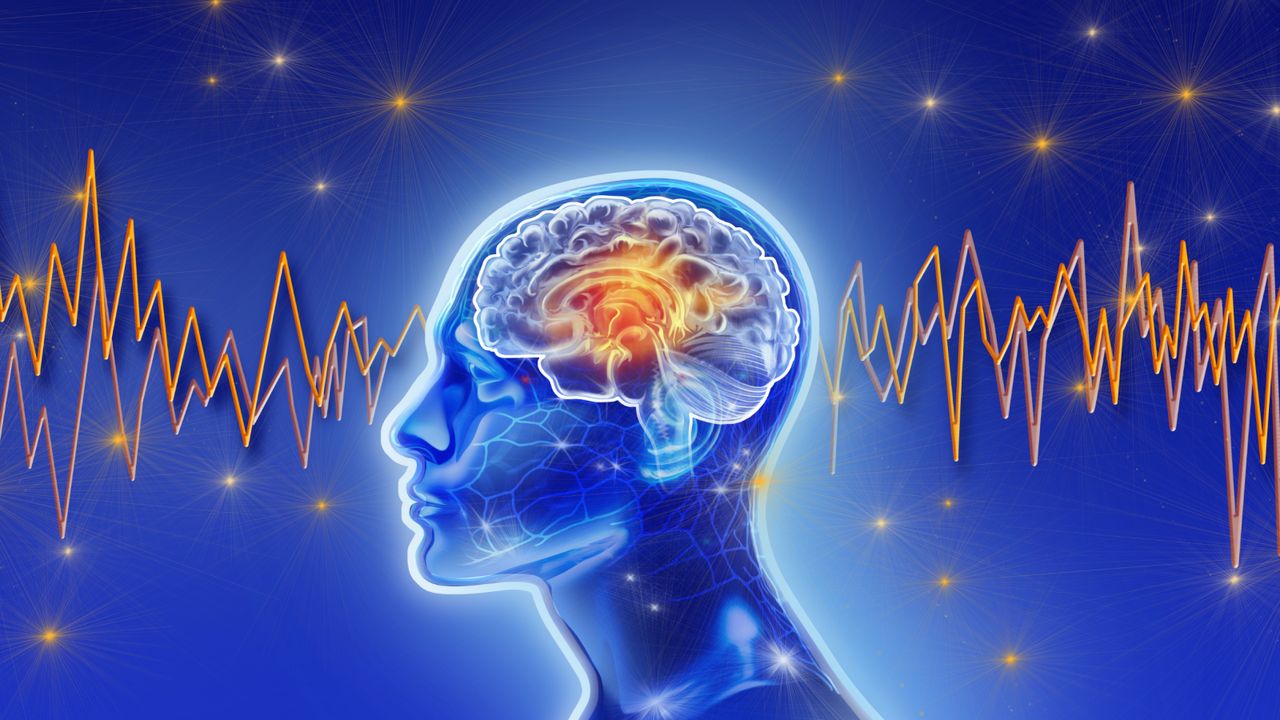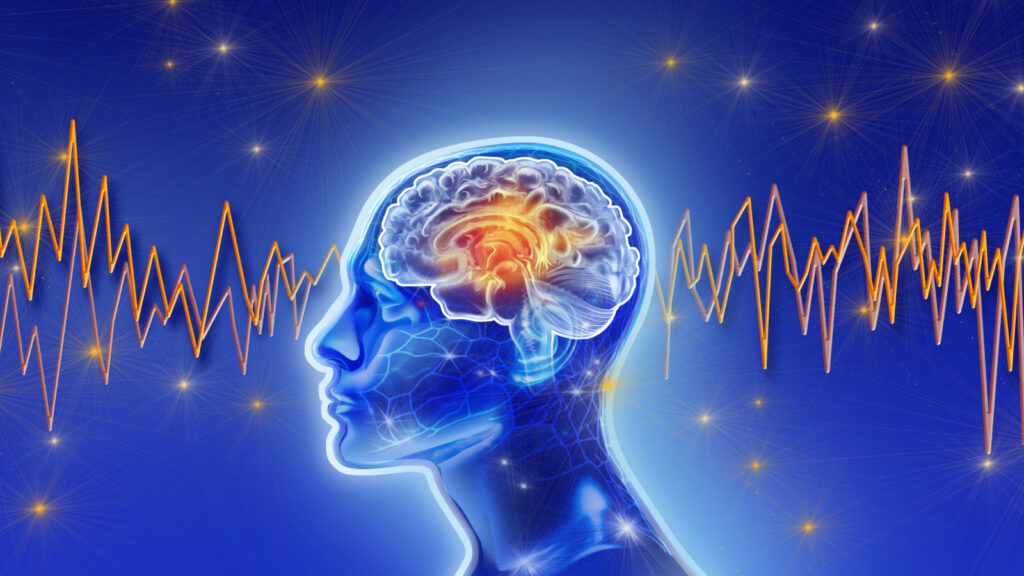
You look up from your phone screen and suddenly realize you weren’t thinking about anything. It’s not a lapse in memory or a daydream; it’s literally a moment when you’re not thinking of anything at all.
Neuroscientists have a term for it — mind blanking — which they define as a brief, waking state when conscious thought simply stops.
Scientists used to think our waking minds were always generating thoughts, but recent research shows that’s not the case. Mind blanking is now recognized as a distinct conscious state associated with changes in arousal, which in neuroscience refers to alertness and responsiveness to stimuli. Studying this curious state could shed light on how consciousness works, some researchers think.
“For some, it’s kind of a blip in the mind, and suddenly there’s nothing,” Thomas Andrillon, a neuroscience researcher at the French National Institute of Health and Medical Research and the Paris Brain Institute, told Live Science. “But not with that feeling, ‘There was something that I forgot.'”
Often, people are unaware of the lapse until they are prompted to answer “What were you just thinking about?”
“When we interrupt them randomly,” Andrillon continued, “it’s clear it’s more frequent than what people realize.” Although the frequency of this phenomenon varies among individuals, various studies suggest about 5% to 20% of a person’s waking hours may be spent in this state.
Related: Super-detailed map of brain cells that keep us awake could improve our understanding of consciousness
An investigation of ‘mind blanking’
In a study published in the July issue of the journal Trends in Cognitive Sciences, Andrillon and his team used electroencephalography (EEG) — which involves placing electrodes on participants’ heads — to measure brain activity while people experienced lapses in attention, such as mind wandering or mind blanking. Mind wandering occurs when people’s thoughts drift to tasks or ideas unrelated to the one at hand, while mind blanking involves the absence of all thought.
While wearing EEG caps, participants watched numbers flash rapidly on a display screen. They were instructed to press a button every time a number appeared except for 3, which they were told to skip. This task tests how quickly people react when a response is required and how well they can inhibit that response, when necessary.
Because most of the presented numbers required a response, people often pressed the button by mistake when they saw a 3 onscreen. The researchers paused the task once a minute to ask what the participants were thinking, finding that they were either focused on the task, their mind was wandering, or they were experiencing a “mind blank.”
Participants pressed the button more quickly when their minds were wandering, whereas their responses slowed noticeably during mind blanking, suggesting these two mental states are distinct.
Brain activity told a similar story. The EEG data showed that the participants’ brain activity tended to slow down slightly more when their minds were blank than when they were wandering, compared to the baseline of their paying attention. “The connectivity changes as if the inner workings of the brain were specific, in a way, to that state,” Andrillion said.
EEG data is great for tracking rapid changes in brain activity, but it can’t pinpoint exactly which brain regions are involved. That’s in part because it records brain waves through the skull, and the signals blur as they make their way through the brain tissue, fluid and bone. Andrillon explained it’s like listening through a wall. You can tell if a group inside is noisy or quiet, but you can’t tell who is talking.
The EEG results from the study suggest that during mind blanking, the brain’s activity slows down globally, but the technique couldn’t identify specific areas. That’s where functional MRI (fMRI) came in.
Related: ‘Hyper-synchronized’ brain waves may explain why different psychedelics have similar effects, rat study reveals
Hypersynchronization
fMRI provides a clearer view of which regions are active and how they interact, but its tracking speed is slower because the technique tracks bloodflow, rather than directly following brain signals. fMRI is more like peeking into the room and seeing who’s talking to whom, but not knowing precisely when, Andrillion said.
Study co-author Athena Demertzi, a neuroscience researcher at the GIGA Institute-CRC Human Imaging Center at the University of Liège in Belgium, led the fMRI portion of the study. As people rested in an fMRI scanner with no particular task at hand, Demertzi and her team periodically asked what they were thinking.
The results were surprising: when people reported mind blanking, their brains showed hyperconnectivity — a global, synchronized activity pattern similar to that seen in deep sleep. Typically, when we are awake and conscious, our brain regions are connected and communicating but not synchronized, as they appear to be during mind blanks.
“What we think happens in the case of mind blanking is that the brain is pushed a little bit toward the side of synchronization,” Andrillon said. “That might be enough to disrupt these sweet spots of consciousness, sending our mind to blank.”
Research into mind blanking is still in its early stages, but Andrillon and Demertzi noted that its similarity to brain patterns seen during deep sleep may offer an important clue as to its function. Deep sleep, also known as slow-wave sleep, coincides with important cleanup work for the brain. It clears away accumulated waste, cools the brain, conserves energy and helps reset the system after a full day of mental activity.
Andrillon and Demertzi suggested mind blanking may act as a mini-reset while we’re awake. Demertzi said it’s like “taking five to steam off” or “to cool your head.” Early studies in Demertzi’s lab suggest sleep-deprived people report more mind blanks, adding support to this idea.
Both researchers stressed that this state is likely a way for the brain to maintain itself, though “it’s not ideal for performance,” Andrillon said.
Andrillon believes it’s possible but unlikely that there are people who have never experienced mind blanking. Detecting a mind blank can be a challenge. “It can require being interrupted,” Andrillon said, “to realize, ‘OK, actually, there was no content.'”
